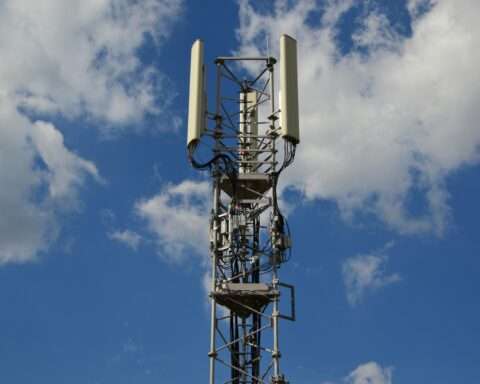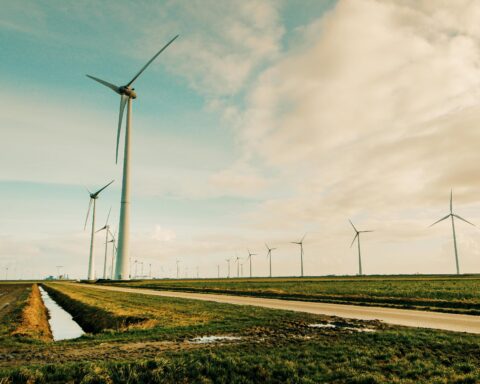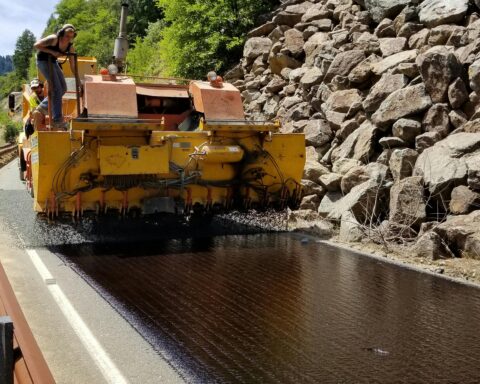The U.S. Department of Energy (DOE) announced a Notice of Intent (NOI) to fund projects that advance research, development, demonstration and deployment in key areas to achieve net-zero greenhouse gas emissions in the transportation sector.
The potential funding, expected to be formalized as a Funding Opportunity Announcement (FOA) in July or August, will go toward innovations in low-cost electric vehicle (EV) battery manufacturing, using inexpensive and abundant materials to support a robust domestic supply chain and demonstrating smart-charge management, as well as reducing vehicle battery fires.
The funding aligns with the strategies outlined in the U.S. National Blueprint for Transportation Decarbonization. The transportation sector, including all forms of travel by land, air and sea for moving people and goods, is responsible for one-third of all domestic greenhouse gas emissions. This significantly affects the health of millions of Americans, especially those in disadvantaged communities.
Funds would be provided through DOE’s Vehicle Technologies Office (VTO) within the Office of Energy Efficiency and Renewable Energy. The Fiscal Year 2024 Batteries & Electrification funding opportunity from VTO may cover the following areas:
- Conducting wide-scale demonstrations of smart-charge management to create confidence in the technology and the ability for it to effectively utilize the flexibility that EVs provide the grid.
- Improving 12V lead-acid battery service life and performance requirements to meet critical safety features while reducing cost.
- Developing cell, module, pack, vehicle or structural strategies that reduce cascading effects of EV fires.
- Conducting research & development that would reduce the manufacturing cost at the electrode, cell and pack level by at least 30% compared to the state of the art.
- Researching, fabricating and testing silicon-based lithium battery cells that meet EV battery performance requirements.
- Developing high-energy-density cathodes containing metal chalcogenide, oxide or halide materials that surpass the energy density of state-of-the art nickel cathodes.
This anticipated FOA will promote the involvement of underserved communities and underrepresented groups. Applicants are strongly encouraged to include people from historically underrepresented groups in STEM on their project teams.













